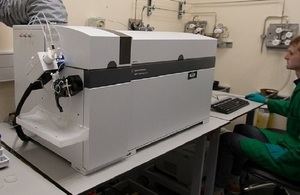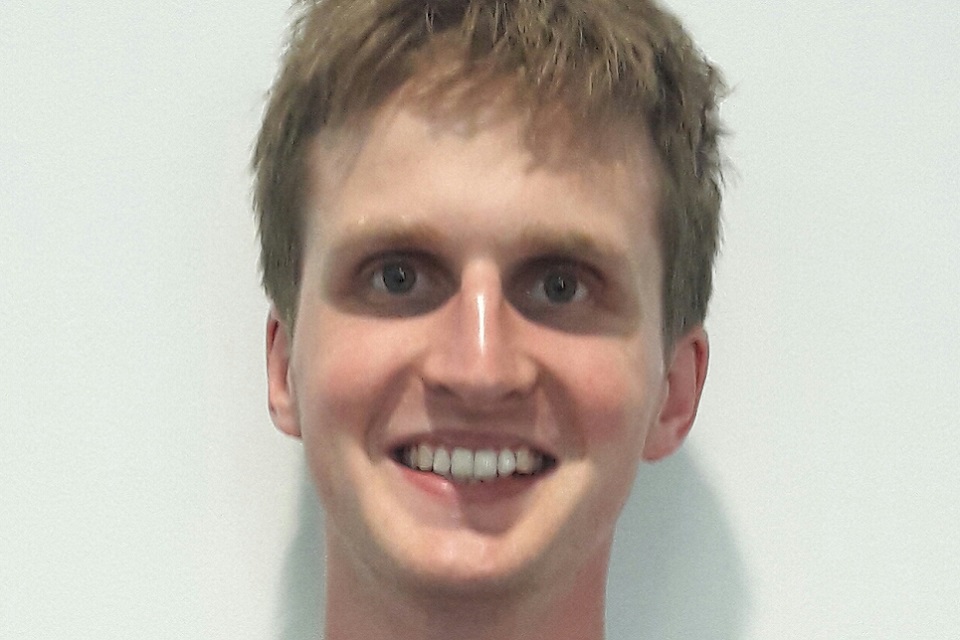New methods to measure strontium-90 in radioactive waste
Research is under way into alternative methods of analysing one of the radioactive isotopes found in decommissioning waste.

Faster measurement of strontium-90 is being investigated
Challenge
Improving the speed and accuracy of strontium-90 analysis to provide better information to generate waste management plans
Solution
Investigate the capabilities of ICP-QQQ-MS and develop an optimised method
Technology
Latest-generation commercial technology - Agilent 8800 ICP-QQQ-MS
Benefits
Reduced analysis time and increased accuracy
Details
Large quantities of decommissioning waste are already being safely managed across the estate and more is set to arise as facilities are decommissioned. The radioactive isotope strontium-90 is produced by nuclear fission. Significant amounts are found in radioactive wastes which therefore require appropriate management. Characterisation is an important step in understanding how best to manage these wastes, so the distribution and concentration of strontium-90 require accurate measurement.
Current analytical techniques rely on radiochemical methods which measure the energy released during radioactive decay. However, these procedures are labour-intensive and lengthy, requiring the strontium-90 to be chemically separated before it can be analysed. The potential for a more rapid alternative is being investigated, which enables the selective removal of interfering isotopes so that the strontium-90 can be measured accurately.
Using the latest-generation triple quadrupole inductively coupled plasma mass spectrometry (ICP-QQQ-MS), the research focuses on assessing the effectiveness of the interference removal, and determining the achievable limits of detection for a range of decommissioning waste samples. The objective is to develop a methodology that could significantly reduce the time and labour required for strontium-90 analysis, hence providing more information to plan decommissioning programmes.

Dr Ben Russell is part of the NPL team carrying out the research
Dr Ben Russell is part of the National Physical Laboratory team carrying out this NDA-funded research. The former NDA-sponsored PhD student has been able to deploy and build on the skills developed through his PhD to address NDA decommissioning challenges. This highlights the benefits of longer-term investment in technical skills.
Status
Instrument capabilities and sample preparation techniques investigated, active sample trials about to start.
Research organisation
Unity2 collaborative team led by: * NSG Environmental Ltd * with the project delivered by the National Physical Laboratory
Innovation route
Competitive tender, via NDA’s Direct Research Portfolio